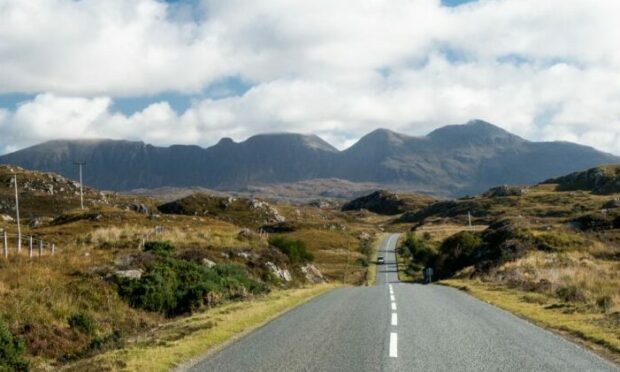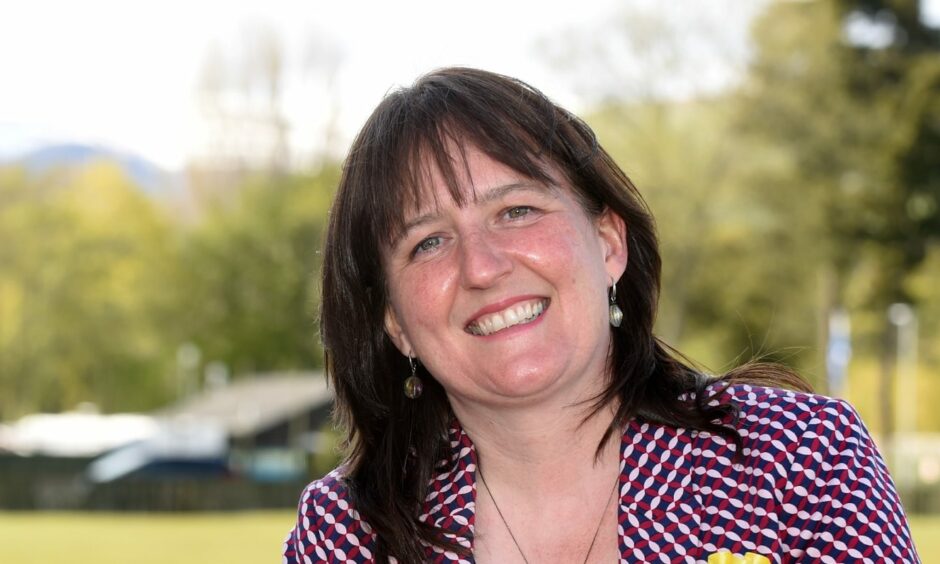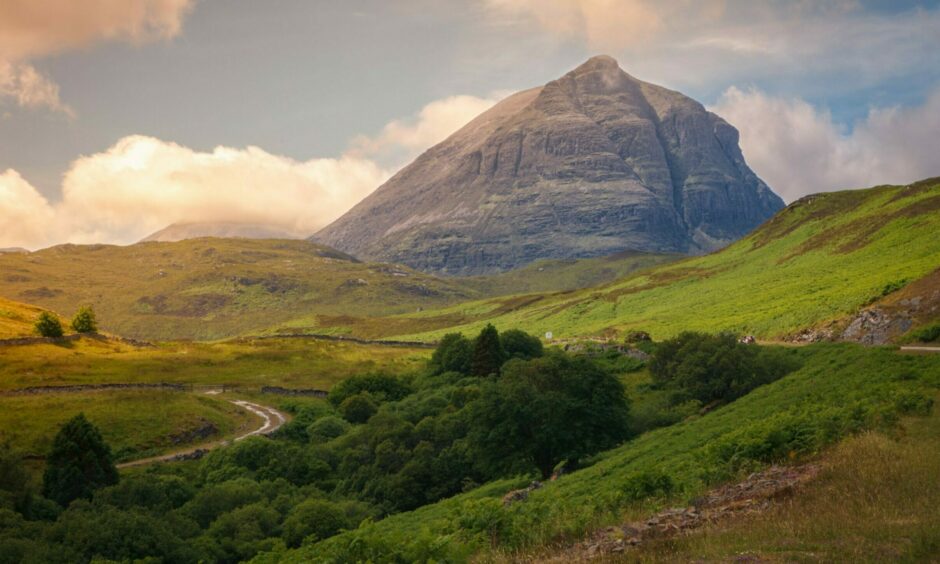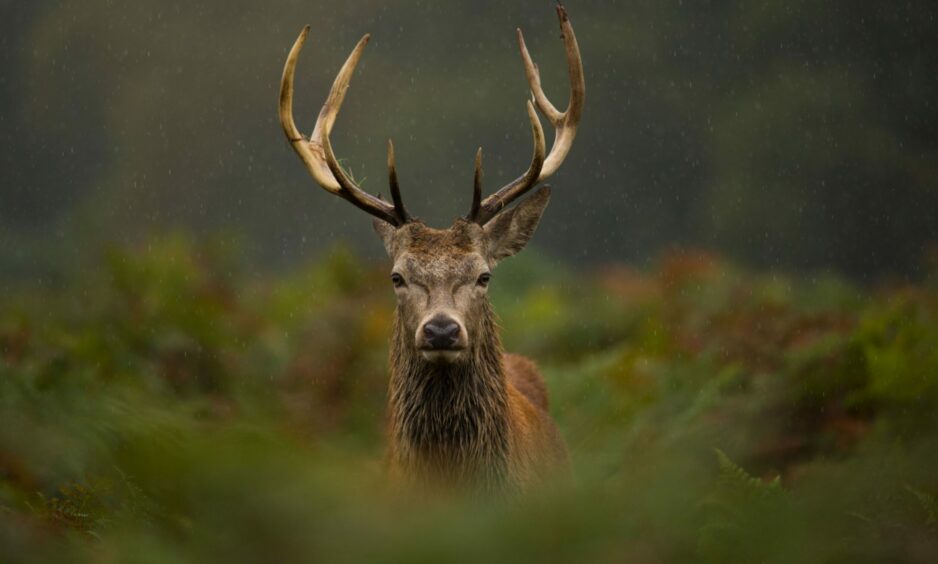Crofters in Assynt are urging a Highland MSP and government minister to help resolve a row over deer culling which they claim is harming their way of life.
The dispute stems from NatureScot granting a license to the John Muir Trust (JMT) for out-of-season and night shooting on Quinag.
JMT said it is needed to protect woodland from grazing deer.
But the Assynt Crofters’ Trust (ACT) said the shooting is “gratuitous” and want the licence revoked.
Community buyout considered
It has complained to the Environmental Standards Authority and Scottish charity regulator OSCR.
It also said it is considering the feasibility of a community buyout of the mountain from JMT.
Now the crofters have asked Caithness, Sutherland and Ross Maree Todd to help resolve the dispute.
ACT’s sport and game committee has outlined complaints in an open letter to Ms Todd who is also minister for public health, women’s health and sport.
These include a claim that a cull is “futile” in the long term as deer killed on Quinag would be replaced by animals from other nearby estates.
ACT says a cull would have a “direct, short-term impact” on its North Assynt Estate and local businesses which depends on income from stalking.
It also says it threatens a way of life: “Deer are simply part of the fabric of Assynt and the awareness of, and support for, such cultural distinctiveness is something that the Scottish Government has argued for in recent papers.”
The letters say that JMT has done “some great things” on Quinag, including education, community involvement and path building.
But it adds: “With a new, more aggressive, management structure in place, JMT has effectively isolated itself from the community.
“And NatureScot, having granted these licences, is beginning to look bad.”
Reducing deer ‘to protect woodland’
It tells Ms Todd: “ACT and others on the Assynt peninsula feel threatened by JMT’s actions and gravely disappointed by the support which NatureScot is providing them.”
“We are reaching out to you to ask for your help in resolving this issue.”
Maree Todd said she has met the ACT and JMT to discuss the issue in detail and has also asked for further information from NatureScot.
She added; “The Scottish Government has an objective to drive down and deliver substantially reduced deer densities across our landscapes and the granting of this license is designed to align with the government’s aims.
“I am conscious, however, of the strong feeling among local crofters who feel that this move raises welfare concerns and threatens their livelihoods.”
NatureScot says sustainable deer management, including significant cuts in numbers, is vital to protect and restore biodiversity and tackle the nature and climate change crises.
It says assessments in 2021 show ancient protected woodlands in the area are in ‘unfavourable’ condition.
Browsing levels have also increased, with some of the highest impacts on JMT ground.
A helicopter count of the Assynt peninsula sub group area in March 2022 counted 1,921 deer, a density of 10.6 deer per km2.
No other way of resolve deer issue
The target density is seven deer km2 and JMT wants a significantly lower density to meet its habitat and biodiversity objectives at Quinag.
A spokeswoman added: “Applications for authorisations are carefully considered on a case-by-case basis.
“We have issued these authorisations because we are satisfied that damage from deer is occurring or is likely to occur, that reasonable efforts were taken in season to address the problem and that there are no other means that could reasonably be taken to resolve the issue.”
She said NatureScot has invested considerable time and effort to reconcile different land management objectives and deer management.
“We are happy to continue to engage with and support the group as we seek a constructive way forward with all parties.”
JMT says deer numbers on Assynt have risen by 40% over the past decade.
“These increased deer numbers have not created any new jobs or brought in any additional income to the area.
“And neither is there any evidence to suggest that reducing deer numbers on Quinag will have a detrimental effect on employment elsewhere.”
Management in line with government strategy
It says its deer management on Quinag is in line with the Scottish Government’s biodiversity strategy.
“Out-of-season authorisations are issued each year in Scotland without opposition. This is a routine procedure in deer management.
In the last year for which figures are available, 40,000 deer were culled nationally during out-of-season authorisations.
“Our deer management is carried out by highly experienced professionals rather than unqualified paying guests, thus minimising the possibility of injuries and accidents.”
Are you interested in more exclusive and breaking Highland and Islands news from the P&J? If so, why not join our dedicated Facebook page HERE




Conversation